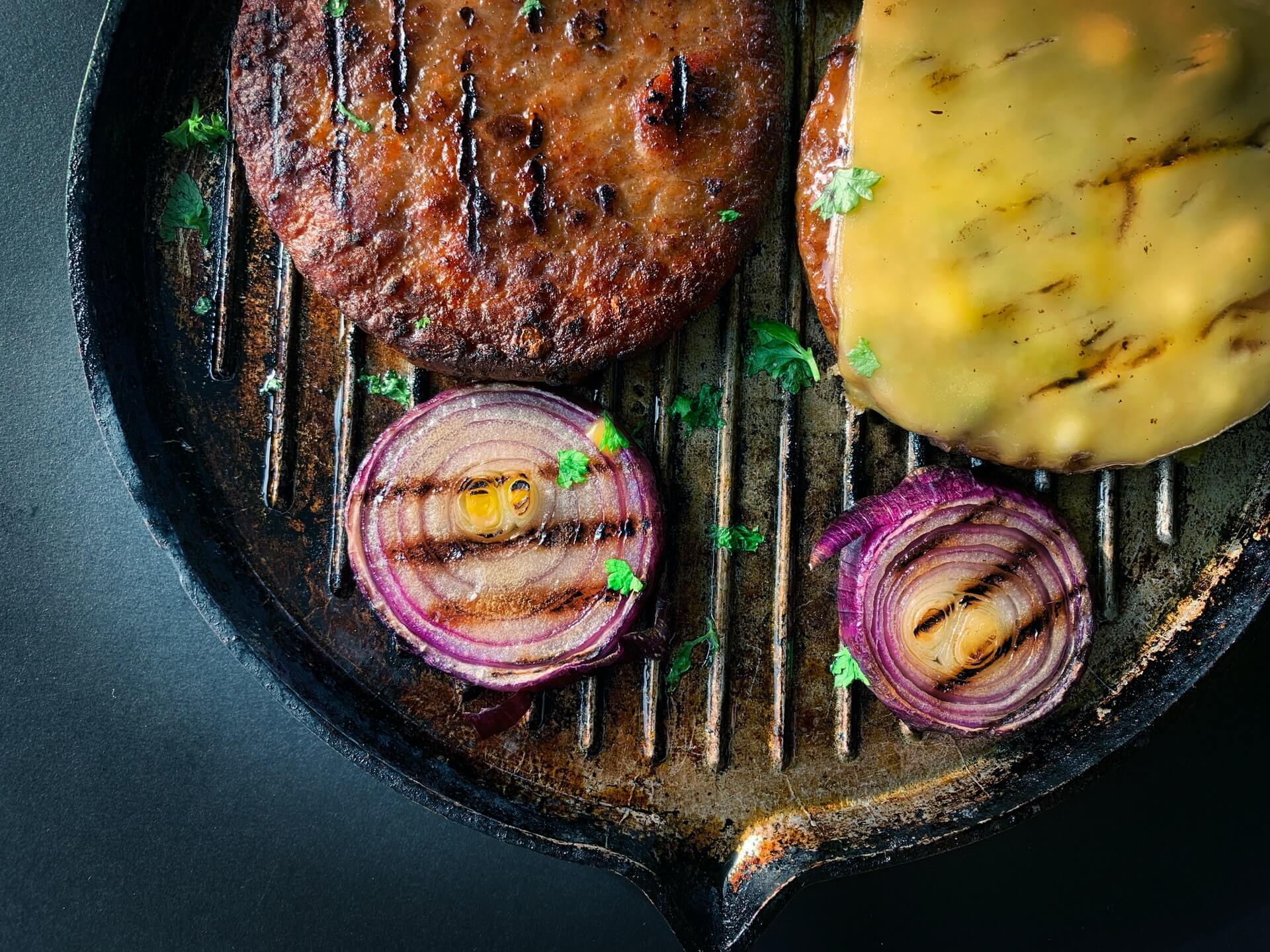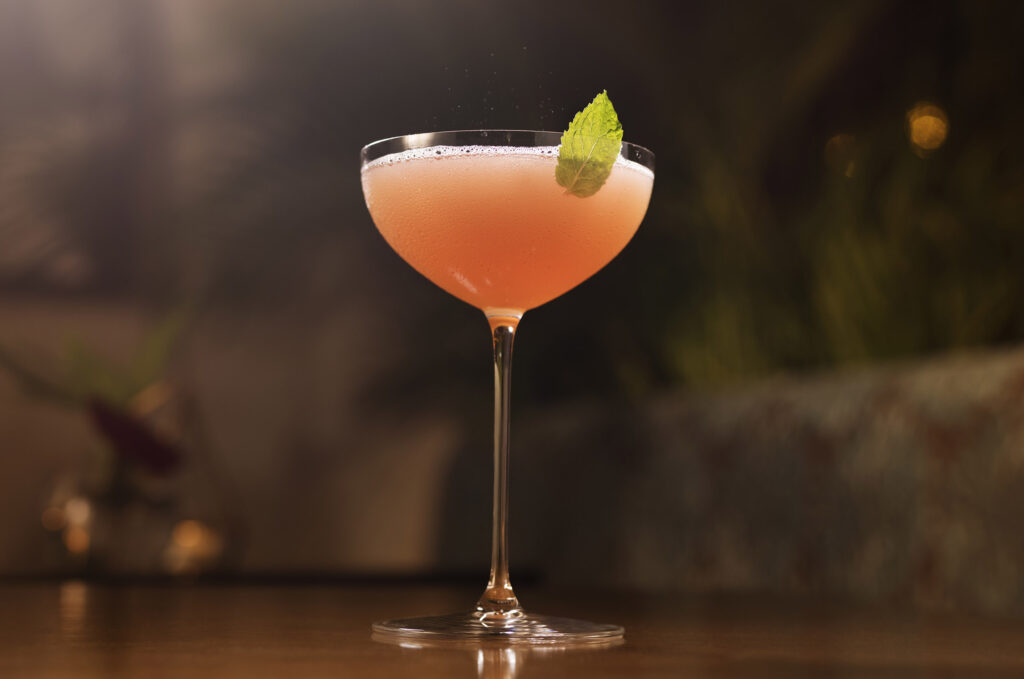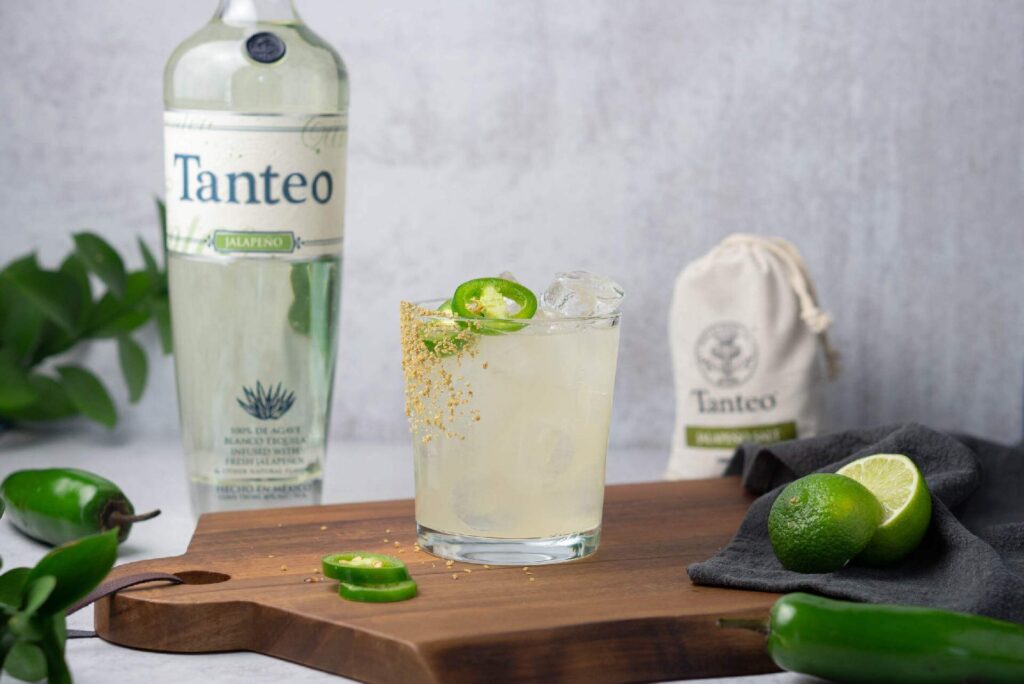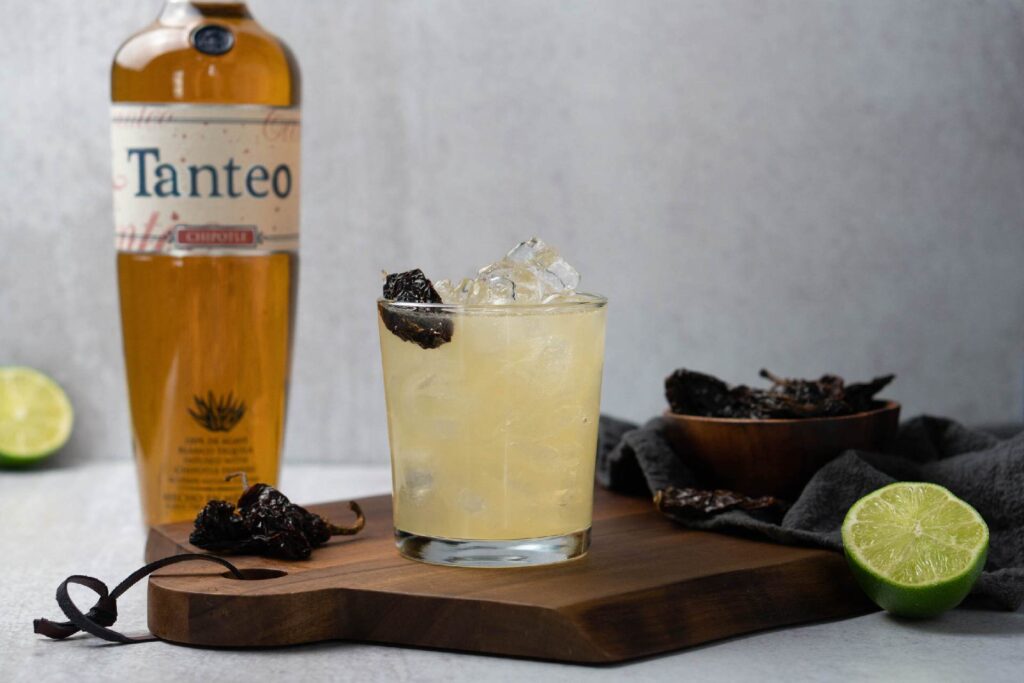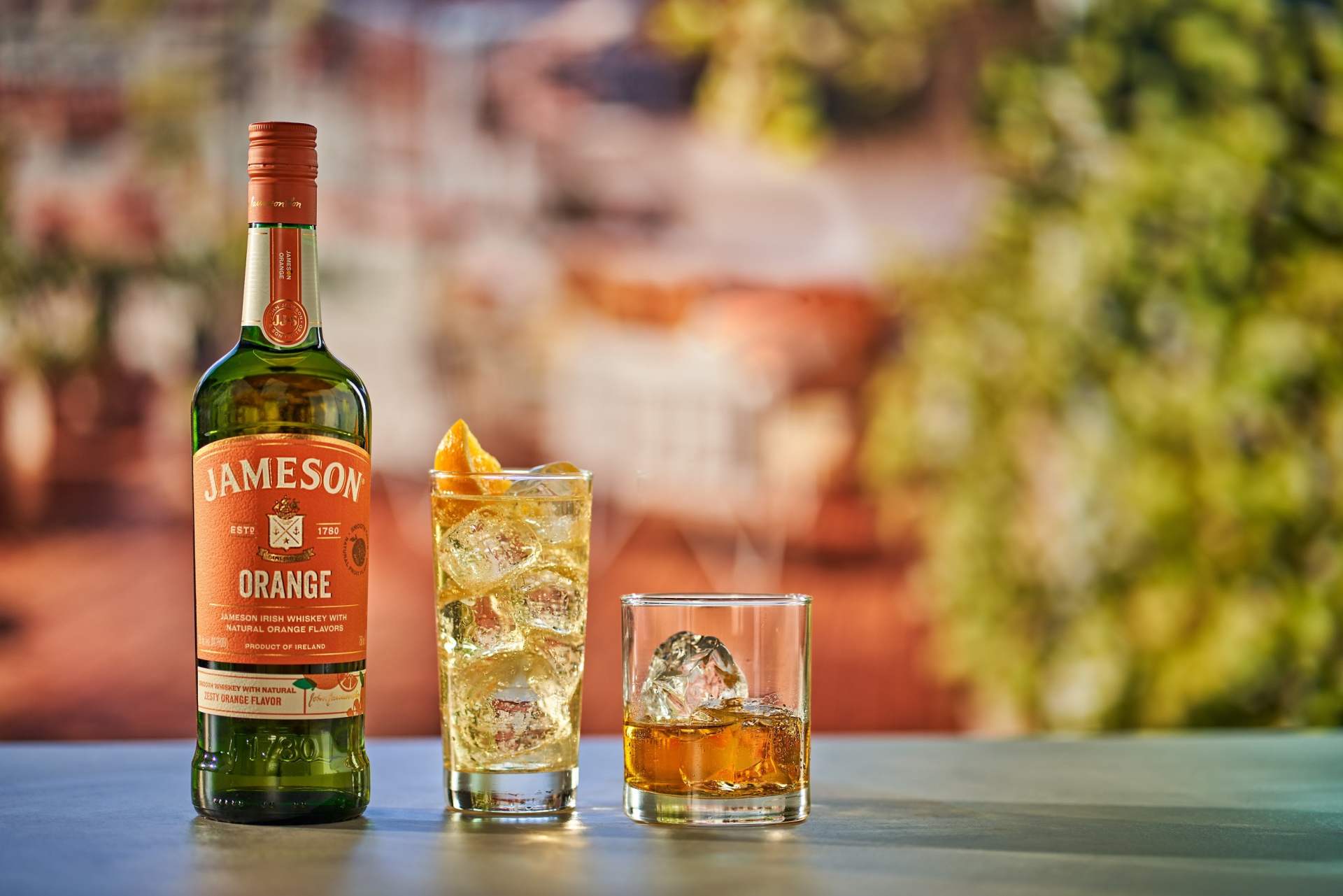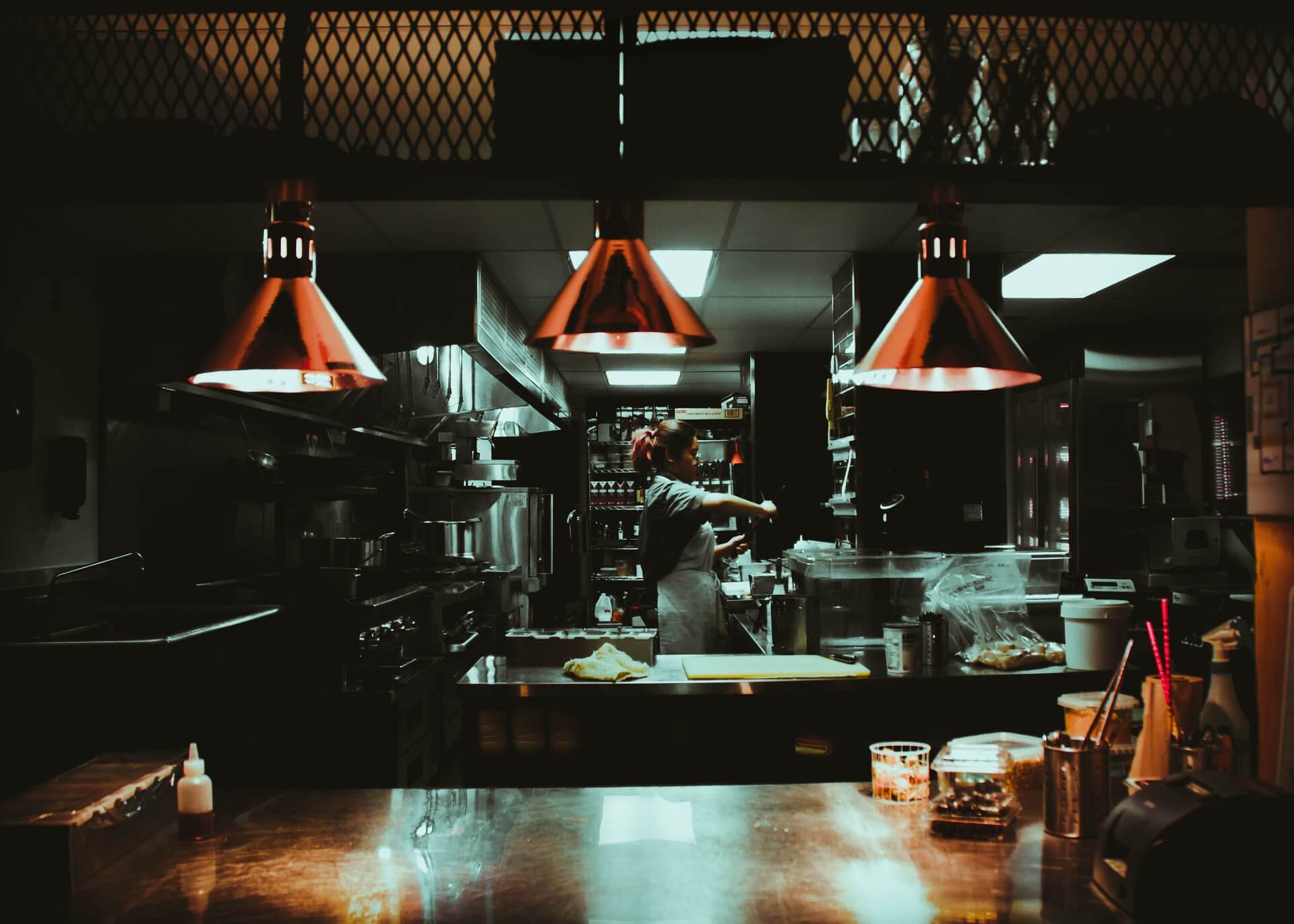5 Books to Read this Month: February ’22
by David Klemt

This month’s fun and informative book selections will help you develop next-level culinary, beverage and leadership skills throughout 2022.
To review January’s book recommendations, click here.
Let’s jump in!
Greenlights
Published originally in 2020, Matthew McConaughey’s Greenlights is already experiencing a resurgence. McConaughey has been writing in diaries for decades and sat down with them to write this memoir that shares lessons he’s learned, stories about what he has experienced over the course of more than 40 years, and more. In his own words, Greenlights addresses how to be fair, have less stress, have fun, hurt people less, get hurt less, be a good person, have meaning in life, and how to be more yourself.
“It’s also a guide to catching more greenlights—and to realizing that the yellows and reds eventually turn green too.”
Setting the Table
Danny Meyer’s modern classic Setting the Table was published nearly 15 years ago. It’s an award-winning masterpiece and considered by some to be the best restaurant business book ever written. On episode 64 of the Bar Hacks podcast, CEO and Master Blender Neil grosscup of Tanteo Tequila mentions this book. So, I decided it was time to revisit Setting the Table and encourage those who haven’t yet to read it.
The New Craft of the Cocktail: Everything You Need to Know to Think Like a Master Mixologist
Dale DeGroff, for those who don’t know, is credited with kicking off the modern cocktail craze. He’s a legend, an icon, and an ambassador for bartenders and the hospitality industry. Released toward the end of last year, The New Craft of the Cocktail is an update of DeGroff’s 2002 book The Craft of the Cocktail. Inside are new photographs, updates to the history of the cocktail, and 100 new drink recipes.
The Unofficial Disney Parks Drink Recipe Book
Look, it has been an overwhelming two years. And we’re still in that overwhelming situation. That is to say, we can all use a smile wherever we can get it. That goes for drink menus, too. Enter, The Unofficial Disney Parks Drink Recipe Book. It may be unofficial but the recipes are fantastic, offering whimsy, nostalgia, and wow factor. There are over 100 recipes in this best-selling book, including cocktails and zero-proof drinks.
The Velocity Mindset
If you want to become a better leader, you need to change your mindset. That may sound drastic but developing simple habits like visualizing a specific outcome can improve your leadership skills. The Velocity Mindset shares Ron Karr’s “innovative and practical strategies to differentiate yourself from the competition, increase your profits, and get to the next level of success, faster.”


